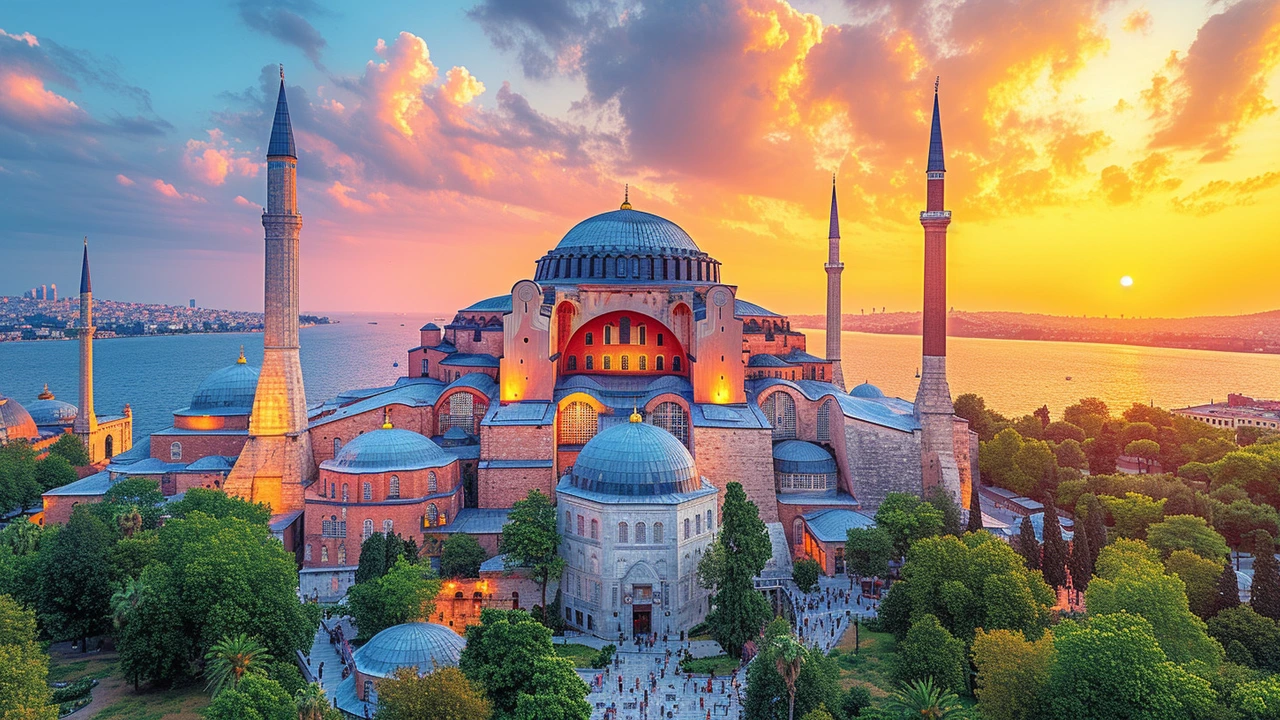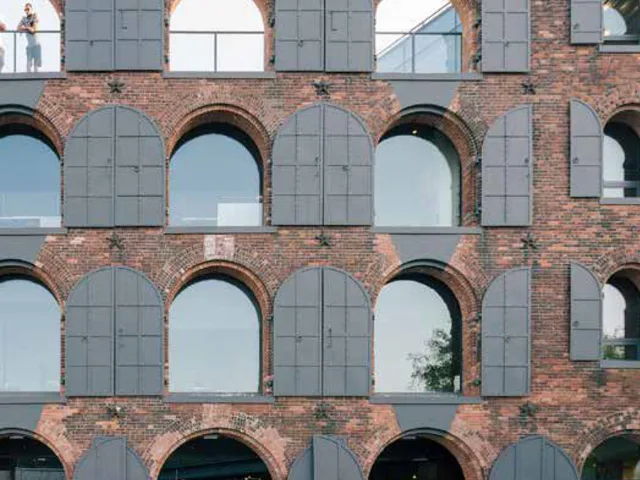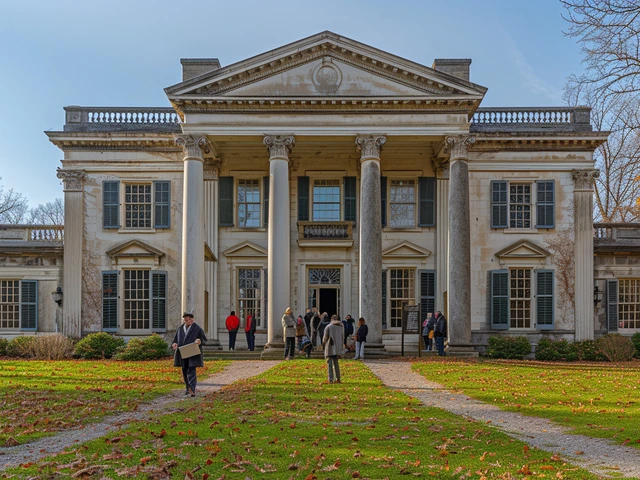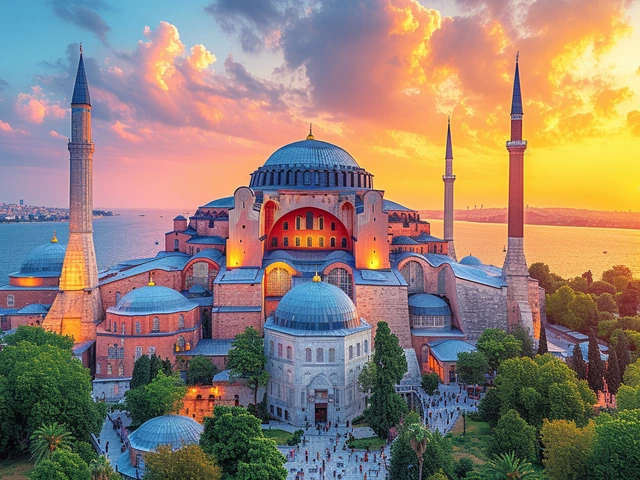The Birth of Byzantine Architecture: Origins and Influences
Ah, Byzantine architecture! Let me regale you with tales from the past that started over a thousand years ago, in a period when the world seemed to connect in mind-boggling ways. Byzantine architecture, you see, is not just another architectural style. It's considered an ingenious blend of Greek, Roman, Eastern, and Oriental styles. Trust me, it's as riveting as my little one's insistence on using jellybeans for building blocks. And yes, Celeste, honey, I know they taste better than the wooden ones, but they're not as structurally sound.
If you dig into the roots of art history with your shovel of curiosity, you'll eventually strike the gold that is the Byzantine Empire. Shaped by Christianity and the Roman Empire, the Byzantine architecture was distinguished by breathtaking central-plan structures, domed ceilings, and exquisitely detailed mosaics. Now, imagine the architectural equivalent of tossing an apple, an orange, a banana, and a dragon fruit into a blender--you'd get quite a surprising, but delightful concoction! And undoubtedly, it would be incredibly colourful, just like our topic today.
The Domes of Heaven: Central Features of Byzantine Architecture
The essence of Byzantine architecture, my friend, is the dome. I mean, is there anything more majestic than a grand dome reaching for the sky, propped up by marvelous pendentives? Speaking of which, isn't pendentives a fabulous word? It sounds like a jewelry store exclusively for penguins, doesn't it? Anyway, back to domes. Almost as iconic as the baseball cap I wear daily to cover my increasingly-visible bald patches. And yes, Celeste sweetie, your old man's a bit sensitive about that.
Domes in Byzantine architecture represented heaven. It was all about creating a feeling of divine majesty, meant to lift the spirit of worshippers heavenward. Many of these domes were exquisitely decorated with golden mosaics that shone brilliantly under the light, creating a celestial ambiance. The dome of the Hagia Sophia, in Istanbul, exemplifies this perfectly. Believe me, it gives my daughter's glitter glue projects a run for their money.
The Mosaic Whispers: Storytelling through Byzantine Art
When you think about it, mosaics are a form of storytelling. In Byzantine architecture, mosaics played a significant role in narrating religious themes to the public, much like I narrate bedtime stories - albeit infinitely better crafted. The stunning mosaics that lavishly adorned the interior walls and ceilings of Byzantine buildings were not merely decorative elements. They were capable of narrating tales of faith and devotion in a way that could surpass any worded sermon. Fit to rival any modern comic book, I dare say.
Crafted using countless tiny pieces of glass, stone, or ceramic known as tesserae, these mosaics depicted biblical scenes, saints, and holy figures. Plus, they had a flair for drama! Believe me, they'd make my local amateur theatre team's over-the-top performances look dreary in comparison.
Legacy of Byzantine Architecture: Impact and Preservation
Now here's where the wobbly jelly of history sets into an indelible mould: the impact and preservation of Byzantine architecture. Do not underestimate the fact that we're still talking about a style that blossomed all those centuries ago. It tells you something about the lasting impact of this architectural style. It's remarkably like the ink stains from my daughter's art projects on our white couch - very enduring and impossible to forget.
A big reason why Byzantine architecture continues to be relevant to modern architecture lies in its unique blend of functionality and aesthetics that appeal to the senses. Take a look at the Nea Moni Monastery in Greece, or the Basilica of San Vitale in Italy, or even closer to home, St Paul’s Cathedral right here in Melbourne. Did you know that these places owe their dome-based designs to the Byzantines? It ties us all together in a marvellous chain of human creativity, making us part of a history that started way back with those clever and artistic Byzantines. It's all quite humbling, really. Kind of like the time when Celeste beat me at chess when she was merely four. Yes, that happened. And I’m not over it yet.





Leave a Comments